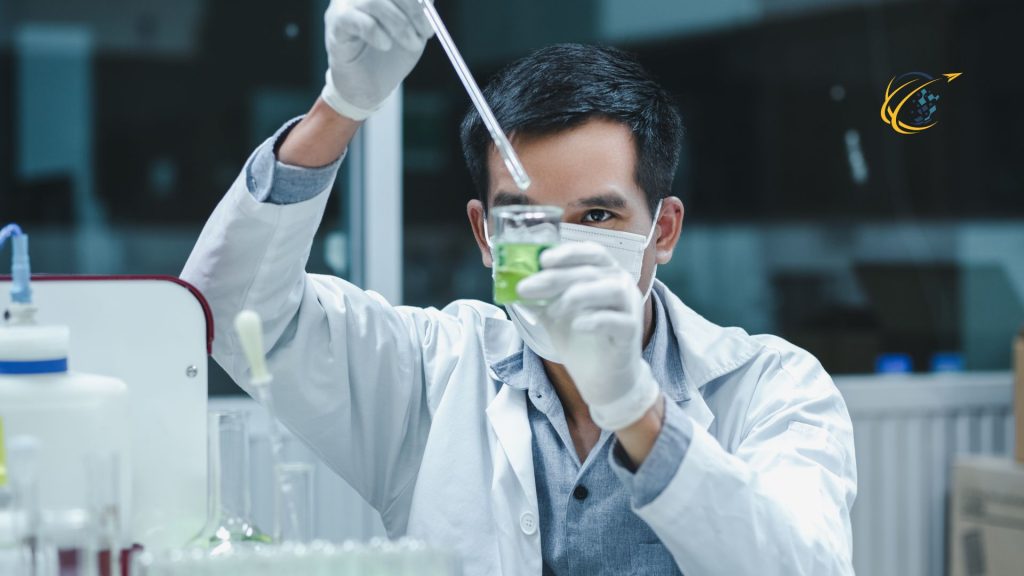Product Development is the lifeblood of innovation in any industry. It involves the entire process of bringing a new product to market or improving an existing one. This complex journey includes idea generation, design, testing, and finally, launch. Successful Product Development requires a strategic approach, creativity, and collaboration across various departments. By understanding the key stages of Product Development, businesses can increase their chances of creating products that resonate with customers and achieve market success.
The Importance of Product Development
Product Development is crucial for companies looking to maintain competitiveness and meet evolving customer needs. In today’s fast-paced market, consumer preferences change rapidly, and businesses must adapt to these shifts. Effective Product Development allows companies to innovate, stay ahead of competitors, and capture new market opportunities. Moreover, it plays a vital role in driving growth by enabling companies to introduce new revenue streams and enhance their brand reputation.
The process of developing a product begins with identifying a market need or an opportunity. This step involves conducting thorough market research to understand customer pain points, preferences, and trends. By directly gathering insights from potential customers, businesses can align their Product Development efforts with market demands. Additionally, this research helps in identifying gaps in the market that the new product can fill, giving the company a competitive edge.
Stages of Product Development
The Product Development process typically follows a series of stages, each critical to the overall success of the product. The first stage is idea generation, where companies brainstorm potential product concepts. This stage is fueled by creativity and often involves input from various departments, including marketing, engineering, and design. The goal is to generate a wide range of ideas, which the team can then evaluate and refine.
Once a promising idea is identified, the next stage is concept development and testing. During this phase, the initial idea is developed into a more detailed concept, including its features, target market, and potential benefits. Businesses often create prototypes or mock-ups at this stage to visualize the product. Testing these concepts with a small group of potential customers is crucial. Their feedback helps identify potential issues and areas for improvement before moving forward.
The third stage of Product Development is the design and engineering phase. In this stage, the product’s technical specifications are finalized, and detailed designs are created. Engineers work closely with designers to ensure that the product is not only functional but also aesthetically pleasing and user-friendly. This phase may involve multiple iterations, as prototypes are tested and refined based on feedback.
Testing and Validation
Following the design phase, the product enters the testing and validation stage. Here, the product is tested rigorously to ensure it meets all necessary standards and performs as expected. This stage may include quality assurance tests, safety checks, and user trials. The goal is to identify and resolve any issues before the product is launched. Thorough testing is essential to avoid costly recalls or customer dissatisfaction once the product is on the market.
The final stage in the development process is the product launch. This phase involves bringing the product to market through a carefully planned strategy. Marketing teams play a significant role at this stage, developing campaigns to generate awareness and drive demand. The launch strategy should include clear messaging, targeted advertising, and distribution plans to ensure the product reaches the right audience. Successful product launches can significantly impact a company’s market share and revenue.
Challenges in Product Development
While Product Development offers significant opportunities for growth, it also comes with several challenges. One of the primary challenges is managing the cost and resources required for developing a new product. Product Development can be expensive, particularly in industries that require extensive research and development, such as technology or pharmaceuticals. Businesses must carefully manage their budgets and allocate resources effectively to ensure that the project remains financially viable.
Another challenge is managing the risks associated with bringing a new product to market. These risks can include technical difficulties, market changes, or unforeseen competition. To mitigate these risks, companies should conduct thorough market research, engage in regular testing, and maintain flexibility throughout the Product Development process. By staying adaptable, businesses can respond to challenges as they arise and adjust their strategies accordingly.
Time-to-market is another critical factor in Product Development. In highly competitive industries, being the first to market can provide a significant advantage. However, rushing the Product Development process can lead to mistakes, such as inadequate testing or poor design. Companies must strike a balance between speed and quality, ensuring that they meet market demands without compromising the product’s integrity.
Additionally, collaboration across departments is essential for successful Product Development. This process involves various teams, including marketing, design, engineering, and manufacturing. Effective communication and coordination between these teams are crucial to ensure that the product meets all specifications and aligns with the company’s overall strategy. Miscommunication or lack of collaboration can lead to delays, increased costs, and ultimately, product failure.
Best Practices
To navigate the challenges of Product Development and maximize the chances of success, companies should adopt best practices that promote efficiency, innovation, and collaboration. One of the most important practices is to involve customers early in the process. By gathering feedback from potential users during the concept development stage, businesses can ensure that the product meets customer needs and expectations. This customer-centric approach increases the likelihood of market acceptance.
Another best practice is to embrace an iterative approach to Product Development. Rather than following a linear process, companies should be open to revisiting and refining ideas at each stage. This flexibility allows for continuous improvement and reduces the risk of costly mistakes. Iterative development also enables companies to respond quickly to changes in the market or new insights gained during testing.
Cross-functional collaboration is also vital for successful Product Development. Bringing together diverse teams with different expertise can lead to more innovative solutions and better decision-making. Regular meetings, clear communication channels, and shared goals help ensure that all teams are aligned and working toward the same objectives.
Additionally, businesses should invest in technology and tools that streamline the development process. Software for project management, prototyping, and collaboration can improve efficiency and reduce time-to-market. These tools also provide valuable data and insights that can inform decision-making and help teams track progress.
Finally, companies should prioritize risk management throughout the Product Development process. Identifying potential risks early and developing contingency plans can prevent disruptions and ensure a smoother path to market. Regular risk assessments and scenario planning help businesses stay prepared for unexpected challenges.
The Role of Innovation in Product Development
Innovation is at the heart of successful Product Development. In a rapidly evolving market, businesses must continuously innovate to stay relevant and competitive. This innovation can take many forms, from developing entirely new products to improving existing ones or finding new applications for current technologies.
Encouraging a culture of innovation within the company is essential. This culture involves fostering creativity, encouraging experimentation, and supporting employees in exploring new ideas. Leadership plays a crucial role in promoting innovation by providing the necessary resources, setting clear goals, and recognizing and rewarding innovative efforts.
In addition to internal innovation, companies can benefit from external partnerships and collaborations. Working with other organizations, startups, or academic institutions can bring fresh perspectives and access to new technologies. These collaborations can accelerate Product Development and lead to breakthroughs that may not have been possible internally.
Product Development is a complex but rewarding process that drives innovation and growth for businesses. By understanding the stages of developing products, adopting best practices, and fostering a culture of innovation, companies can create products that meet market demands and achieve long-term success. While challenges such as cost management, risk mitigation, and time-to-market exist, a strategic approach to Product Development can help businesses navigate these obstacles and bring valuable products to market. In a competitive landscape, effective Product Development is not just an option; it is a necessity for companies aiming to thrive and lead in their industries.


